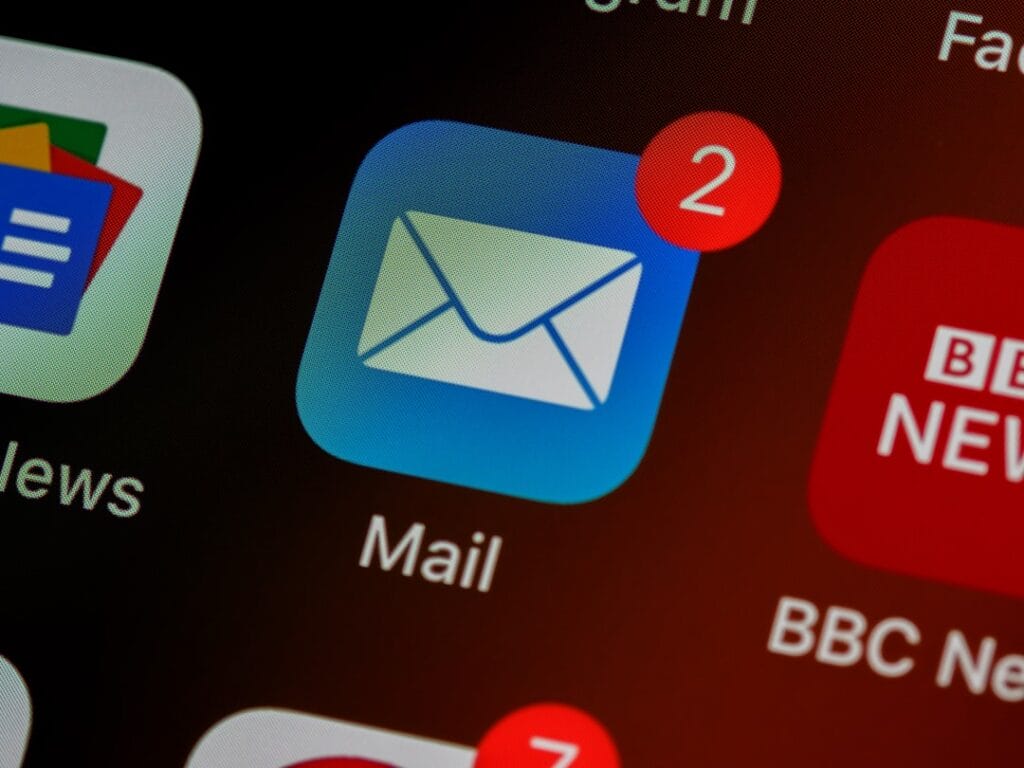Lead generation is a fundamental part of contemporary B2B marketing. This process involves identifying, attracting and qualifying potential prospects for a business, with the end goal of converting them into customers. In the B2B context, Lead Generation is particularly crucial for businesses looking to expand their customer base and increase their revenue.
This practice presents specific challenges, including the need for an in-depth understanding of the target market and the use of tailored strategies and tools to reach and engage business decision-makers. The complexity of B2B sales cycles and the often technical nature of the products or services offered add to the difficulty of this task. lead generation methods include content marketing, professional social media, trade shows, email marketing, and search engine optimization (SEO).
The use of technologies such as customer relations management platforms (CRM) and marketing automation tools also plays a crucial role in the effectiveness of these strategies. Data analysis and performance measurement are essential to continuously refine the generation approaches to leads and maximize the return on investment . Companies must constantly assess and adjust their tactics to remain competitive in a constantly evolving B2B environment.
Summary
- Lead generation is essential for any business looking to grow their business.
- B2B lead generation strategies must be targeted and personalized to be effective.
- The generation of leads is to identify and attract prospects interested in the company's products or services.
- To generate qualified leads, it is important to offer relevant and quality content to attract the attention of prospects.
- Measuring and optimizing your lead generation strategy is crucial to continually improve your results and return on investment.
Generating B2B leads: effective strategies
Understand the target market
An effective strategy begins with a thorough understanding of the target market, including its needs, challenges and preferences.
A multi-channel approach to reaching prospects
Once this understanding is established, it is essential to take a multi-channel approach to reaching potential prospects. This may include the use of social media, email marketing, online advertising, relevant content and participation in industry events.
Precise targeting and personalization
Precise targeting is essential to maximize the efficiency of the generation of B2B . This can be done using demographic data, behavioral data and engagement data to identify the most qualified prospects. Finally, personalization is a key element in an effective B2B lead generation strategy. Prospects are more likely to engage with a brand if the content is personalized according to their specific needs.
The Definition of Lead Generation

Lead generation is a marketing process that involves generating a prospect's interest in a product or service, with the aim of converting them into a potential customer. In the B2B context, lead generation aims to attract the attention of businesses and key decision makers, with a focus on creating lasting business relationships. This often involves using tactics like content marketing, search engine optimization (SEO), email marketing, online advertising, and social media to attract the attention of potential prospects.
Once prospects have expressed interest, they enter the lead qualification process, where their suitability as potential customers is assessed based on criteria predefined by the company.
How to generate qualified leads
| Lead Generation Channels | Conversion rate | Number of qualified leads generated |
|---|---|---|
| Email marketing | 10% | 150 |
| Social networks | 5% | 100 |
| SEO | 8% | 120 |
Generating qualified leads is essential to maximizing the effectiveness of a company's marketing efforts. To generate qualified leads, it is crucial to deeply understand the target market and its specific needs. This will help tailor lead generation strategies and tactics to attract the most relevant prospects.
In addition, close collaboration between marketing and sales teams is essential to ensure that the leads generated meet the criteria defined by the company. This can include clearly defining target personas, using marketing automation tools to track and qualify leads, and having a clear process in place to transfer qualified leads to sales teams.
Understanding the Meaning of Lead Generation
Lead generation is an essential part of the marketing process that aims to attract the attention of potential prospects and convert them into potential customers. In the B2B context, this often involves a more targeted and personalized approach to reaching businesses and key decision makers. Lead generation is not limited to attracting the attention of prospects, but it also encompasses the lead qualification process to ensure that only the most relevant prospects are passed on to sales teams .
By fully understanding the meaning of lead generation, businesses can develop more effective strategies to attract, engage and convert potential prospects into loyal customers.
Tools and techniques to generate leads effectively

Marketing Automation
Marketing automation tools, such as customer relations management (CRM) and marketing email platforms, can be used to monitor and manage interactions with potential prospects.
Content Marketing
Additionally, content marketing is a powerful technique for grabbing prospects' attention and establishing a brand's authority in its field. This can include creating blogs, e-books, webinars and other relevant content that meets the specific needs of the target market.
Natural reference
Additionally, SEO is essential for improving a business's online visibility and attracting qualified traffic to its website.
Measure and optimize your lead generation strategy
Measuring and optimizing your lead generation strategy is essential to maximize its effectiveness and return on investment. This can be achieved using key performance indicators (KPIs) such as lead conversion rate, cost per lead and engagement rate across different marketing channels. By understanding these metrics, businesses can identify what is working well in their current strategy and what needs improvement.
In addition, the use of web analysis tools can provide valuable information on the behavior of visitors to the company's website, which can help optimize user experience and increase lead conversion. Finally, the feedback of sales teams on the quality of generated leads can provide valuable information to refine the lead generation strategy and improve collaboration between marketing and sales teams.
If you are looking for effective ways to generate leads, you should consult the article on the directory of B2B business prospecting companies . This article offers advice and strategies to find qualified prospects in the B2B sector. Using this tool, you can improve your prospecting efforts and increase your chances of success. Consult the article to find out more about how to use this directory to develop your business. B2B business prospecting business directory
FAQs
What is lead generation?
The generation of leads is the process of creating and capturing the interest of prospects for a product or service in order to develop a sales .
What are the main lead generation channels?
The main lead generation channels include email marketing, social media, SEO, online advertising, events and trade shows.
What are the benefits of lead generation?
Lead generation helps identify and target qualified prospects, increase sales, improve marketing ROI, and develop lasting relationships with potential customers.
How to measure the effectiveness of lead generation?
The effectiveness of the generation of leads can be measured using metrics such as the conversion rate, the cost by Lead , the rate of opening of emails, clicks and return on investment.
What are the best practices for lead generation?
The best practices for the generation of leads include the clear definition of the personas, the creation of relevant content, the use of effective call-to-action, the monitoring of leads and the continuous optimization of the campaigns.





